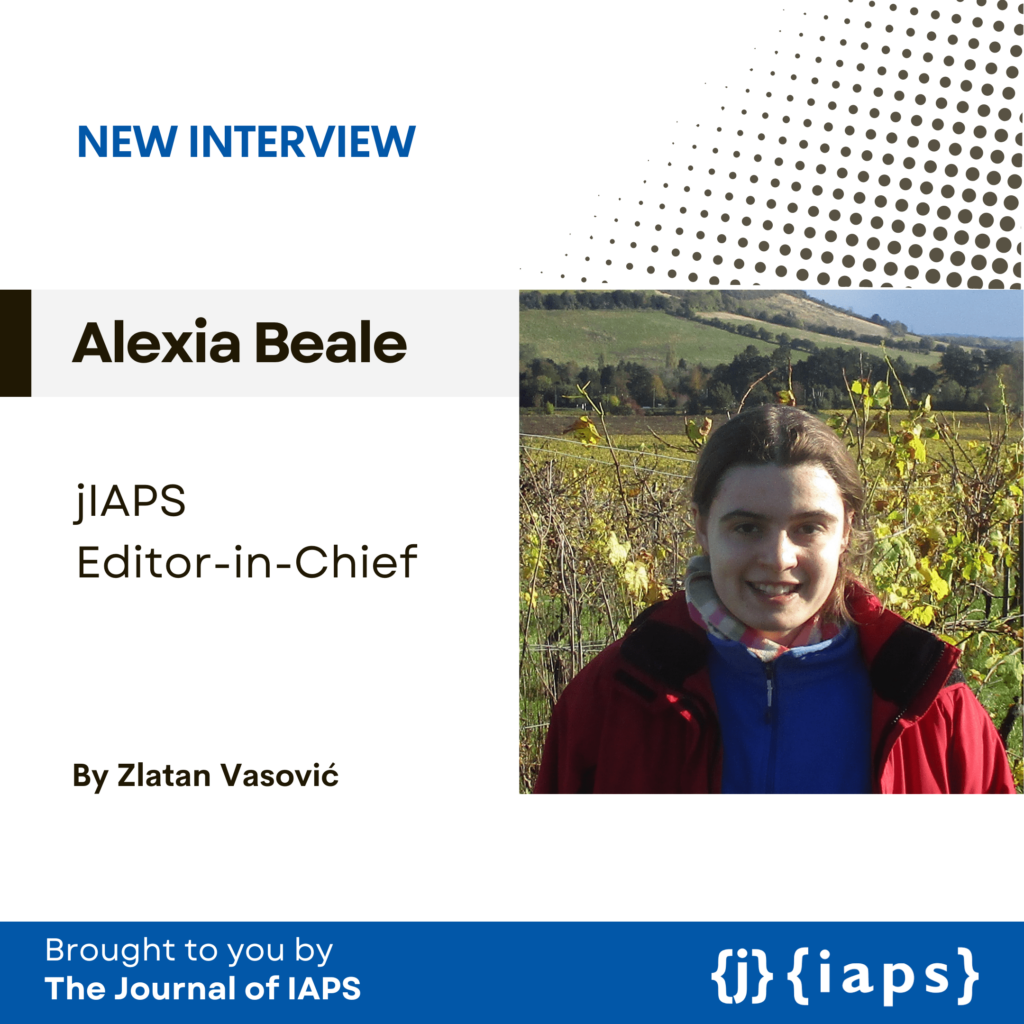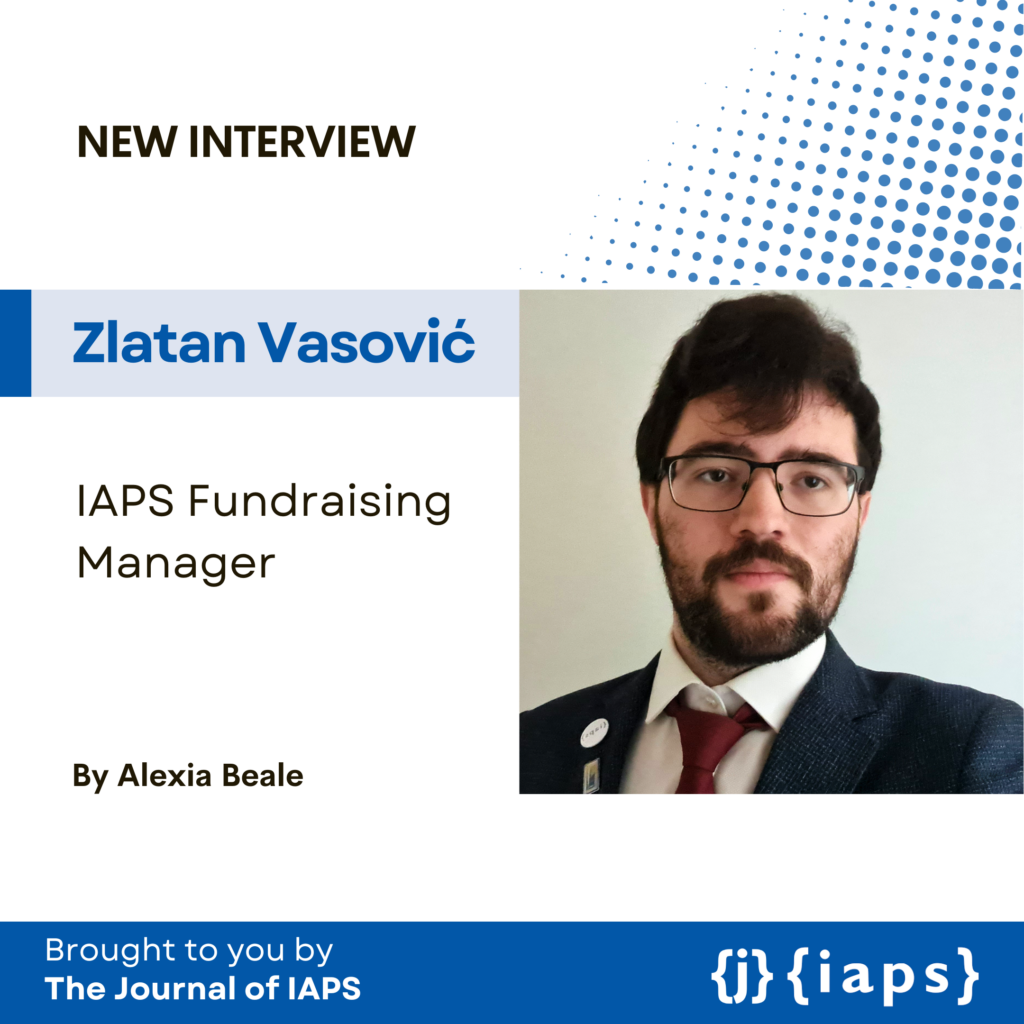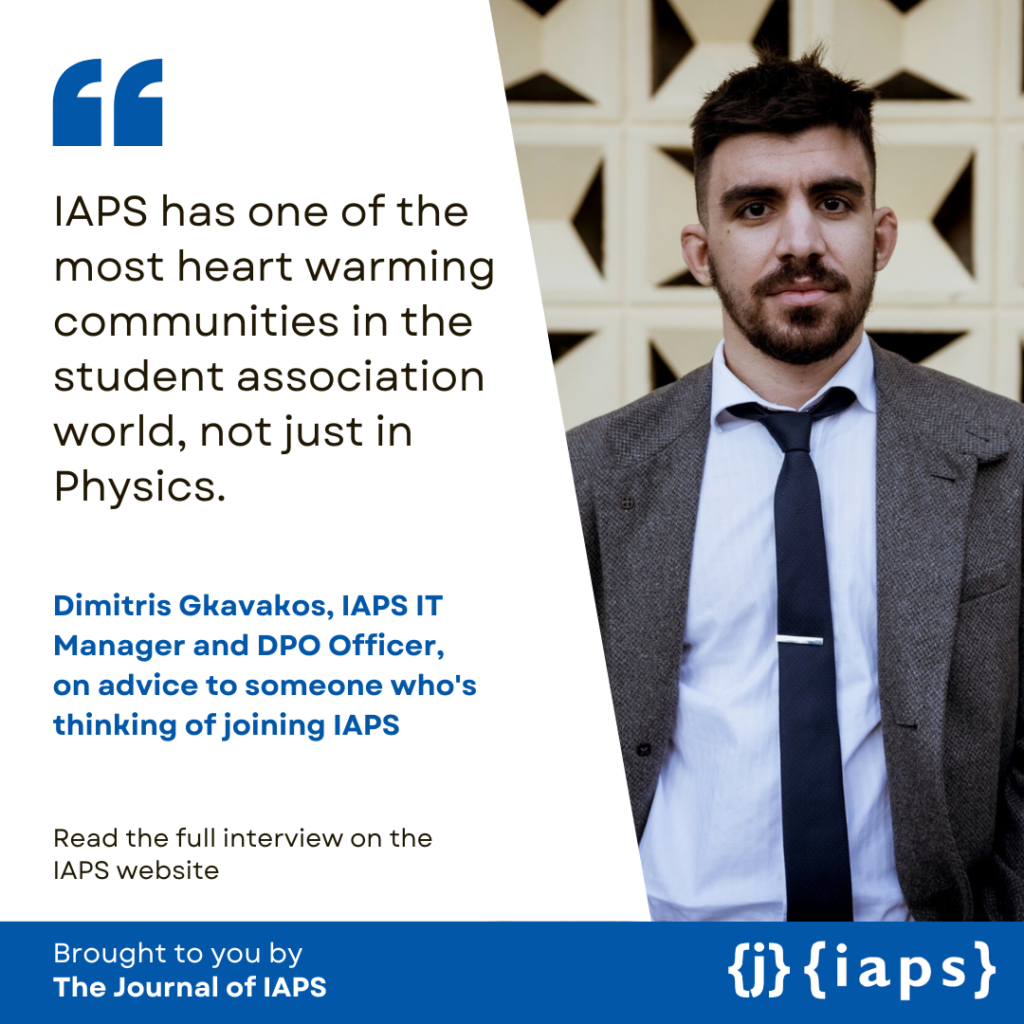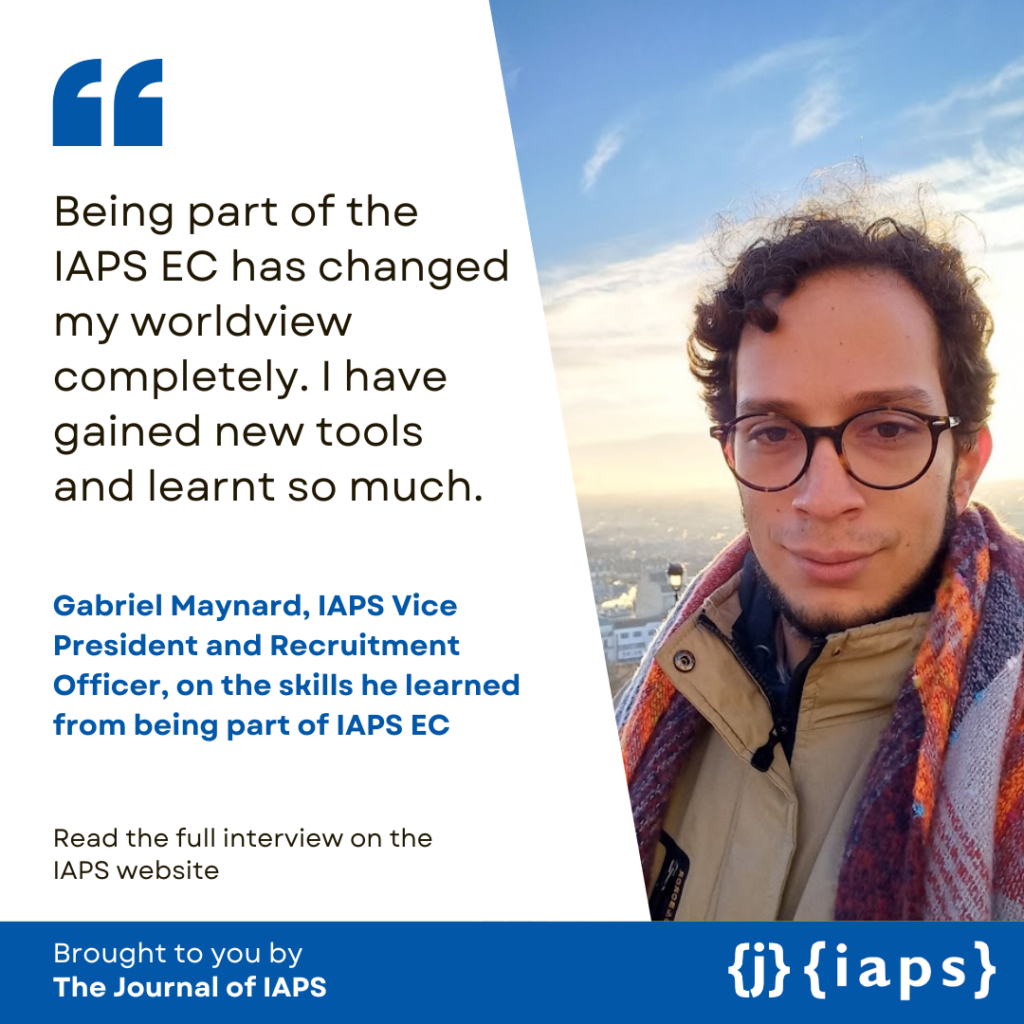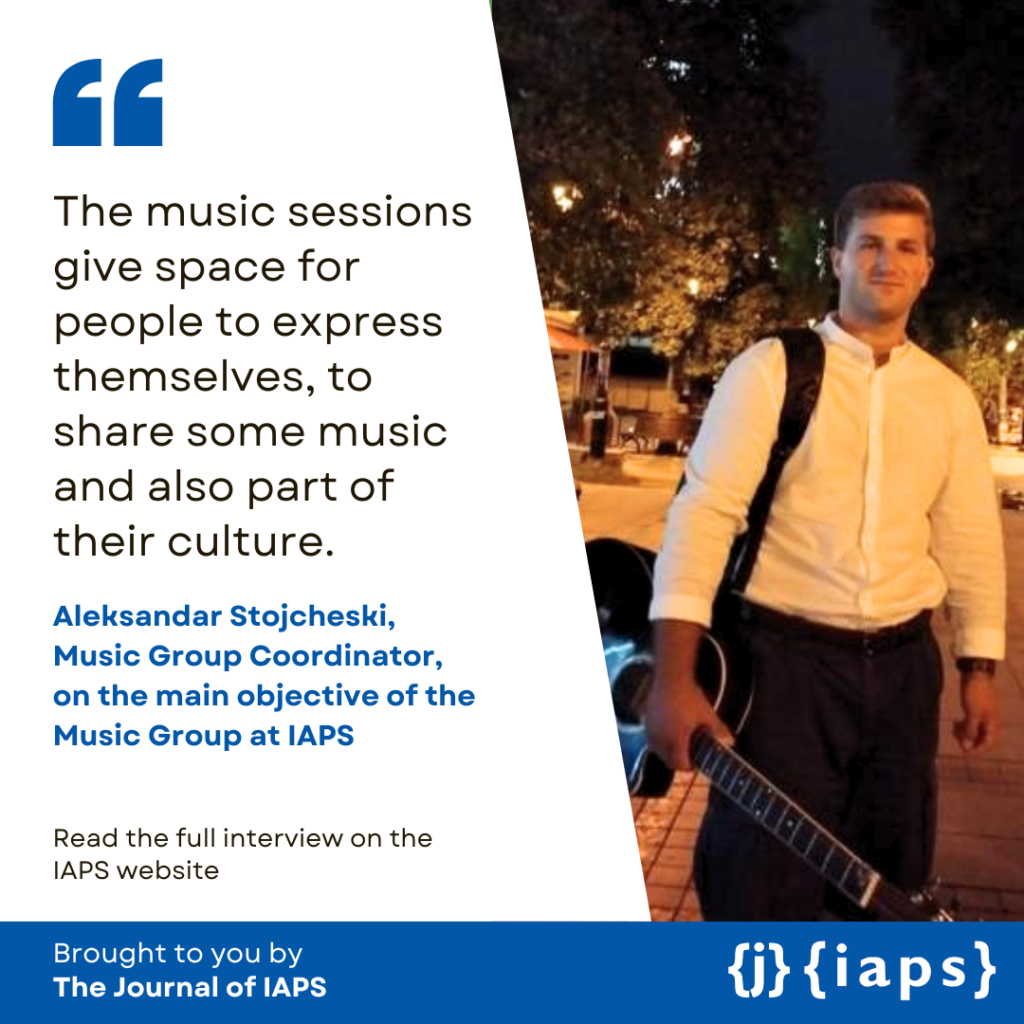For the latest in the series of jIAPS Interviews, the jIAPS Editor-in-Chief interviewed the IAPS Treasurer. Mario is studying for a PhD at the University of Stuttgart and the International Max Planck Research School for Intelligent Systems (IMPRS-IS).
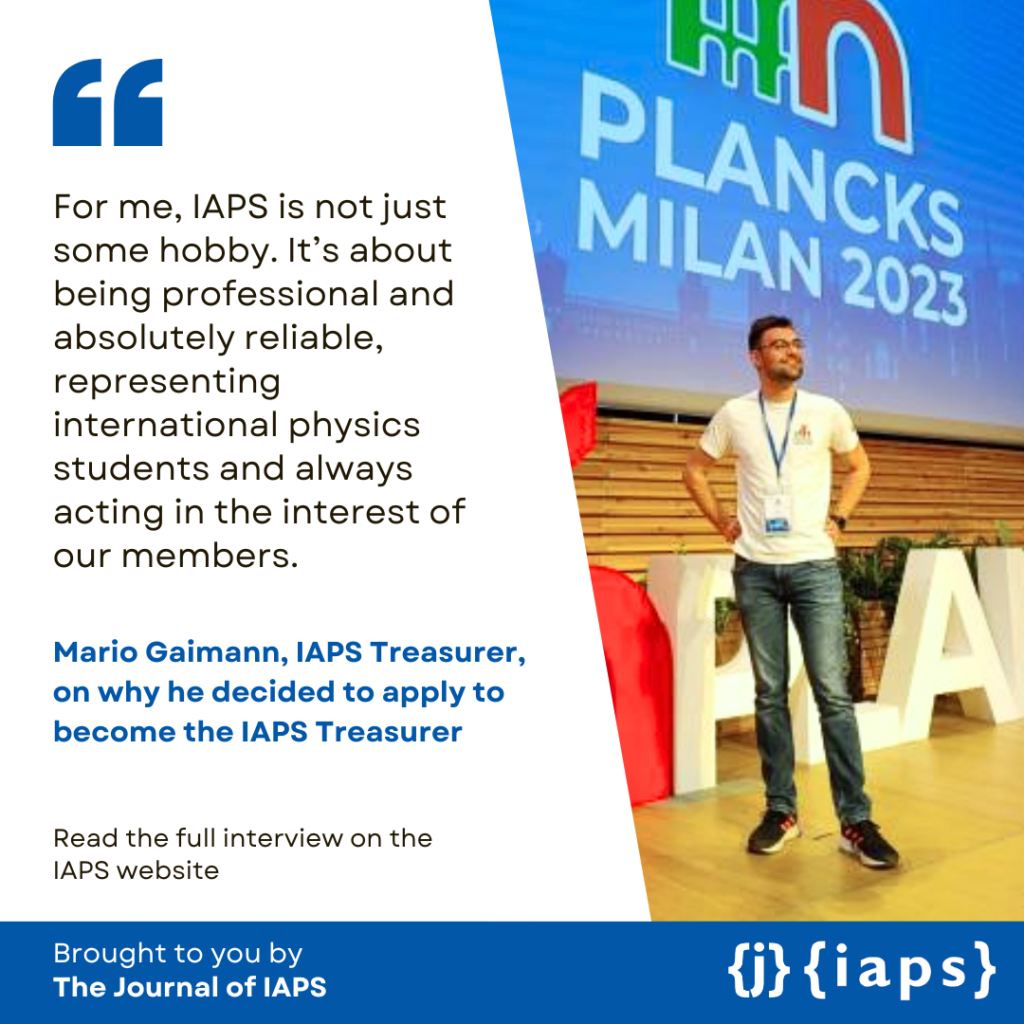
Interspersed with IAPS tales and discussions about the jIAPS Photo Competitions, Mario answered the following questions:
Why did you decide to do a doctorate?
I chose to do a PhD because I wanted to dive deeply into an interdisciplinary scientific topic. My project is on physics-inspired machine learning; the method is called reservoir computing. It can be used to perform time-series prediction tasks, even for cases where a prediction is very difficult to make – for example for chaotic systems, like the Lorenz attractor. For an introduction, I recommend this article in Quanta Magazine. The core of my work is replacing a neural network reservoir with simulations of physical systems. This way, we can understand the learning system in physical terms, tune it, connect its physical characteristics with its learning behavior, and potentially construct novel devices for unconventional computing in the future.
I started by studying for a Bachelor’s degree in Materials Physics at Friedrich Alexander University of Erlangen-Nuremberg, Germany. Then I studied for a Masters’s degree in Physics (with a focus on biophysics) at the Ludwig-Maximilian University of Munich, Germany. So I started by studying dead matter, then went on to studying living matter, and now I’m studying what makes matter “intelligent.”
What’s your favourite thing about IAPS?
Meeting people from different countries and cultures; going abroad and talking to new people… My IAPS addiction began in 2016, when I attended Lights of Tuscany and visited Pisa and Florence. I met physics students from Italy and other countries. I enjoyed being part of the community. That’s what I like about IAPS.
What are some of your IAPS memories?
When I was studying in the UK, I went to iaps4fusion, which was really cool. We visited the Culham Centre for Fusion and saw the tokamak. Then I attended ICPS in Turin, Italy – ICPS is cool and crazy! [Please ask Mario for his ICPS anecdotes, we’re not recording them here! – Editor] And bringing so many physics students to Munich, Germany through contributing to PLANCKS 2022 was truly amazing.
Why did you decide to apply to become IAPS Treasurer?
I have an interest in financing student events. It started with PLANCKS 2022 in Munich – Monique Honsa asked if I’d be interested in joining the organising team. I didn’t have much experience in finances then, though I’d co-organised some events, e.g. the DPG-Schülertagung (a national conference organized by physics students for high school students) in Germany in 2020. Through volunteering, I gained lots of experience: designing the budget, contacting sponsors, working in an international team, and learning about legal and fiscal details of association law in Germany and France.
And when did I meet Cyrus [the current IAPS President – Editor] and how does that come into this story? Well, like me he was part of the committee which organised PLANCKS 2022. He was thinking of running for IAPS President and asked me if I’d consider joining the EC. Initially I wasn’t sure… I mean, it’s lots of work. In the end, I decided: let’s do it!
For me, IAPS is not just some hobby. It’s about being professional and absolutely reliable, representing international physics students and always acting in the interest of our members.
What can IAPS members request funding for, and how do they do this?
There are currently two grants available. First, you can apply for a grant to run an international event for IAPS members. At least 40% of the participants should be from a different country than the host country. IAPS can award grants of up to €1000, with the grant funding no more than half of the total budget. The international event can be anything from a summer school, to excursions, workshops or an iaps4x event: iaps4materials, iaps4fusion… You just have to present your budget, draft your programme and plan how many students you want to attend your event.
You can find more details about how to apply here.
The other grant is for Outreach activities. For example, the School Day annual event, where you can receive funding to go into high schools and tell school children about physics, and do experiments; or the school children can visit your university. There’s also the International Day of Light, or you can come up with your own idea and receive funding for currently up to €300.
I also encourage members to apply together with IAPS for an International Activity grant with the Council of Europe’s European Youth Foundation (EYF), please contact me (or future IAPS treasurers) if you are interested.
What’s the strangest thing someone has requested money for?
As surprising as it may be, we’ve only received requests for solid, sensible things this year… All I can think of is that at PLANCKS 2023, someone came up to me and said that they’d heard that IAPS has the funds to pay for their private travel after PLANCKS had finished. I don’t know where they got the idea from, but I thought they seemed serious, though it sounded like a joke. Our budget is limited in IAPS and will only be spent in the interest of our members! I had to decline their request of course.
[Editor – I also overheard conversations at PLANCKS with people asking IAPS Treasurer whether he could fund their dinner and drinks and other things, but let’s not go into that… ]
What advice would you give to someone who was thinking of joining IAPS?
Just do it!
All you need to create IAPS events in your area are some physics friends, then you can form a local committee. You could organise small talks. In my local groups in NC Germany, we had events where you had a quiz-show style ‘answer questions against your professors’.
Be active, go to IAPS events! If there are no events, create events!
To get started you don’t need much; you just need motivated, engaged students, ideally with an international perspective. And of course you can also join IAPS as an individual.
What skills do you need to be the IAPS Treasurer?
Being IAPS Treasurer… What is takes a sense of responsibility. You have to be professional and have a true commitment to the role. It has happened in the past that a Treasurer has not been reliable and it has horrible consequences for the whole organisation; so I would say: if you do it, do it properly.
It is quite some work, but there are so many benefits to being Treasurer of IAPS – you get to contact lots of people. You have some influence in shaping the spending of IAPS (within what has been approved at the AGM and in the end, the whole EC has to vote… but your opinion matters. If you say ‘no, we don’t have the budget’, people will listen to you).
You get to go to some cool meetings – for example, I recently attended the Mid-Term Meeting 2023 of the International Science Council in Paris and got to meet representatives of so many international associations. You get to represent IAPS and have a lot of fun. I focused on potential partners who could support IAPS and on connecting with organizations in the Asia-Pacific region to make the ICPS 2023 in the Philippines more known. But I also met people from international associations I had never heard of: the International Union For Quaternary Research, which is about studying the ice age, the International Union of Speleology, an international body for caving… People you’d never meet, you can meet through IAPS.
Any last words?
IAPS has a great network – you have friends in the whole world. If you need help applying for an internship or a placement, you can ask on the IAPS Discord and people answer you and provide support. The benefits are infinite!
For only €10 a year, you can become a full member – join IAPS now! [You can check whether your country has a national or local committee on the IAPS website, and you can join the IAPS Discord for free – Editor]
